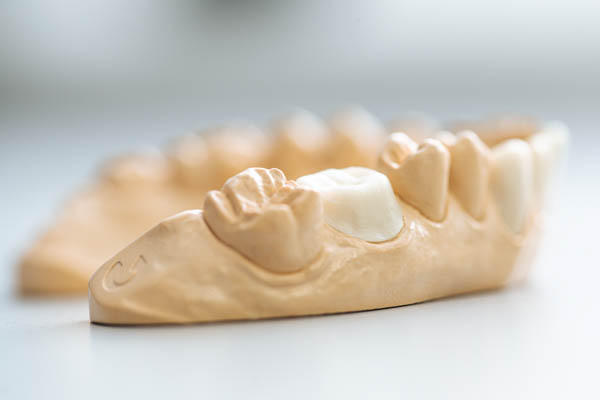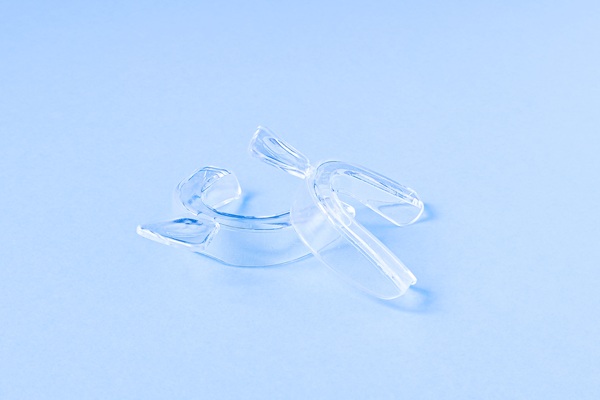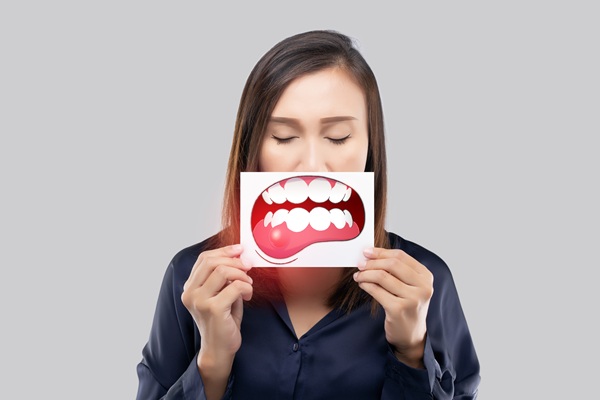The Steps of a Dental Crown Restoration

If you have an extensively decayed tooth or the filling applied is too big for your tooth to support it, your dentist will probably recommend putting in a dental crown. This is a prosthesis designed to look like a natural tooth, but it is hollow inside to fit over the damaged tooth. In addition to fixing the aesthetic issue of the teeth, it helps restore the function of your tooth as well. As a result, crowns are a durable and natural-looking tooth restoration option.
Impression and shade taking
For the first step, your dentist will take alginate impressions of your upper and lower arches. This is the model that both the temporary and permanent crowns will be based on. Your dentist will then place a temporary crown to protect your tooth while the permanent crown is created in a dental lab.
Preparation
To place the crown over the problem tooth, your dentist will need to remove some of the tooth’s enamel to make room for the hollow part of the crown to fit over the tooth. This is to make sure the tooth will not look bulky or unnatural once the crown has been placed. Of all the processes involved in this procedure, this is the most time-consuming part. Your dentist will use a local anesthetic to ensure you are comfortable during the enamel-removing process.
Taking of final impression
To ensure that the crown created fits perfectly and looks natural, your dentist will need to take final impressions of your teeth once they have been prepared for the crown. They must take extra care during this step, as it can affect the results of the permanent prosthesis created by an off-site lab.
Creating a temporary crown
This step serves more than just a cosmetic purpose. Temporary crowns are necessary to form a barrier to protect the exposed part of the tooth where the enamel has been removed. A temporary crown will also keep the prepared tooth from shifting out of place.
Application of the permanent crown
The creation of the permanent crown is usually completed in about two weeks. Once the permanent crown is ready, and the dentist has gotten it from the lab, you can schedule an appointment to have it placed. But, before the crown is placed, your dentist will need to clean the tooth, which may require local anesthesia thoroughly. Your dentist will also check the proper placement of the crown and the adjacent teeth to avoid future issues.
You will make slight adjustments to give you the best fit and ensure aesthetics, longevity, and proper bite. Your dentist will also provide you with care and maintenance instructions that you will need to follow to get the most out of your new crown.
Schedule an appointment with your dentist today if you are interested in getting dental crowns.
Request an appointment here: https://gurzfamilydental.com or call Gurz Family Dental at (909) 740-8288 for an appointment in our Fontana office.
Check out what others are saying about our dental services on Yelp: Dental Crowns and Dental Bridges in Fontana, CA.
Recent Posts
Gold dental crowns are a type of restoration that sits over the entirety of a severely decayed or damaged tooth. The purpose of these restorations is to provide much-needed support and protection to weakened teeth. Today, dental crowns come in a variety of materials, but once upon a time, gold was one of just a…
Dental crowns are one of the versatile restorations used in dentistry. Crowns are used to save damaged teeth that cannot be saved using less invasive procedures. Damage can occur to teeth at any time, leaving them severely compromised.Placing a crown on a tooth requires making permanent alterations by removing enamel to create a better fit.…
Looking for a general dentist? General dentistry is one of the more popular dental niches operating today, as general dentists perform the necessary general dental services that patients need on a regular basis. This type of dental professional is one who can be compared to a general practitioner, as they are a patient's first contact…
Wondering what to do about Dental Crowns that become loose? A loose dental crown can be quite concerning, especially if it causes discomfort or difficulty eating or speaking. Understanding what to do when a crown becomes loose can be helpful as most individuals rely on their restoration to function normally. Dental crowns are an important part…


